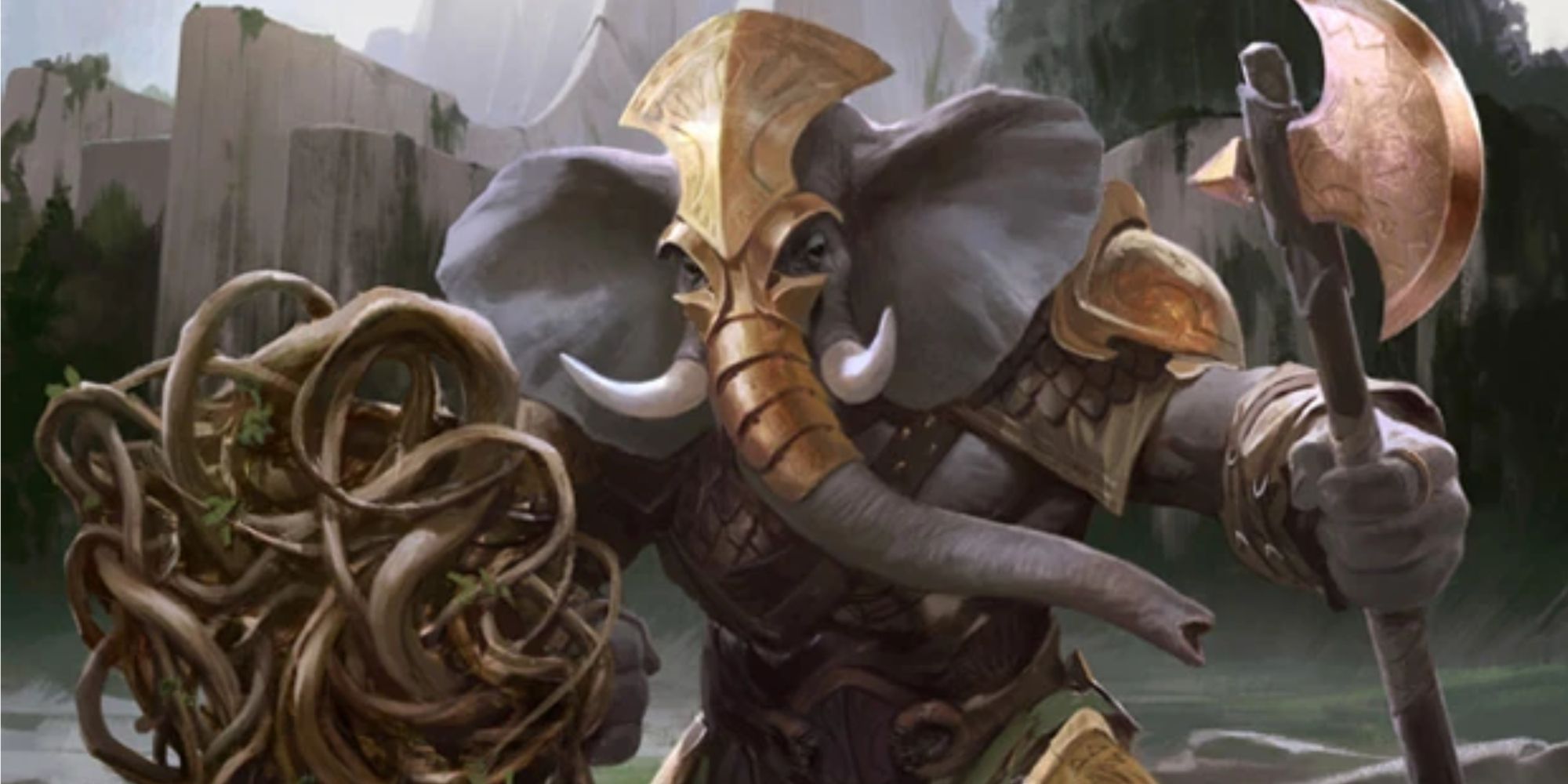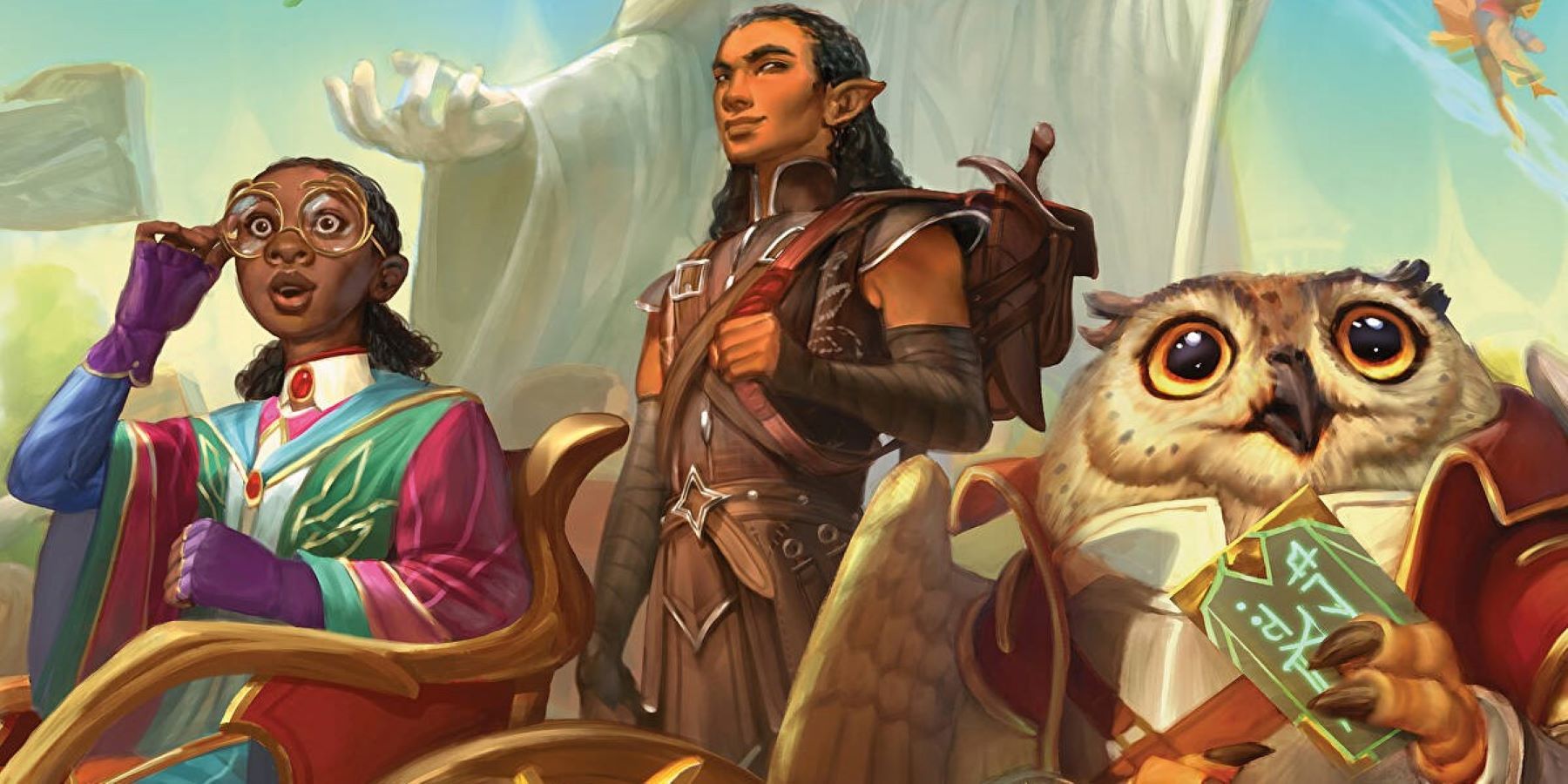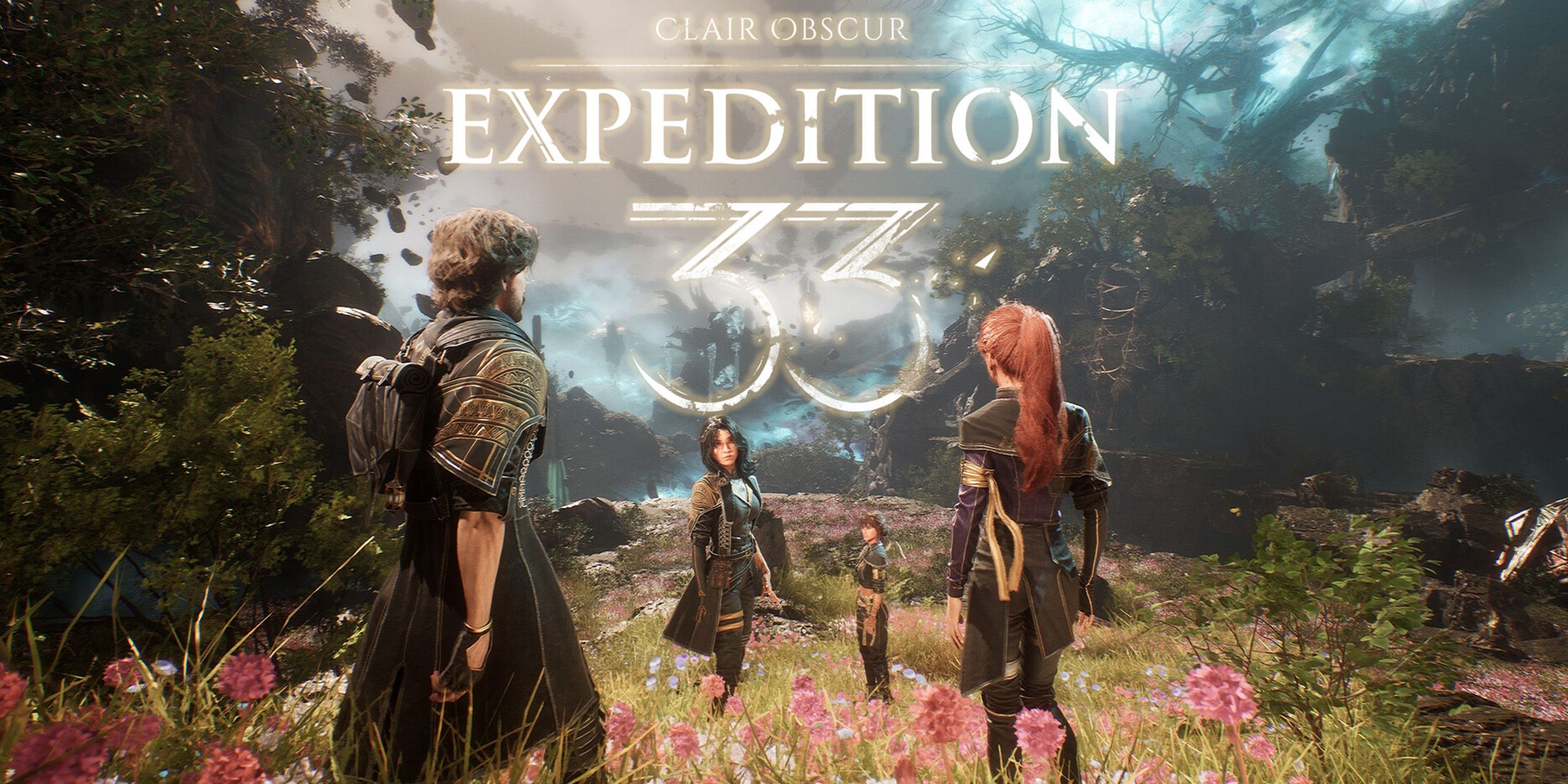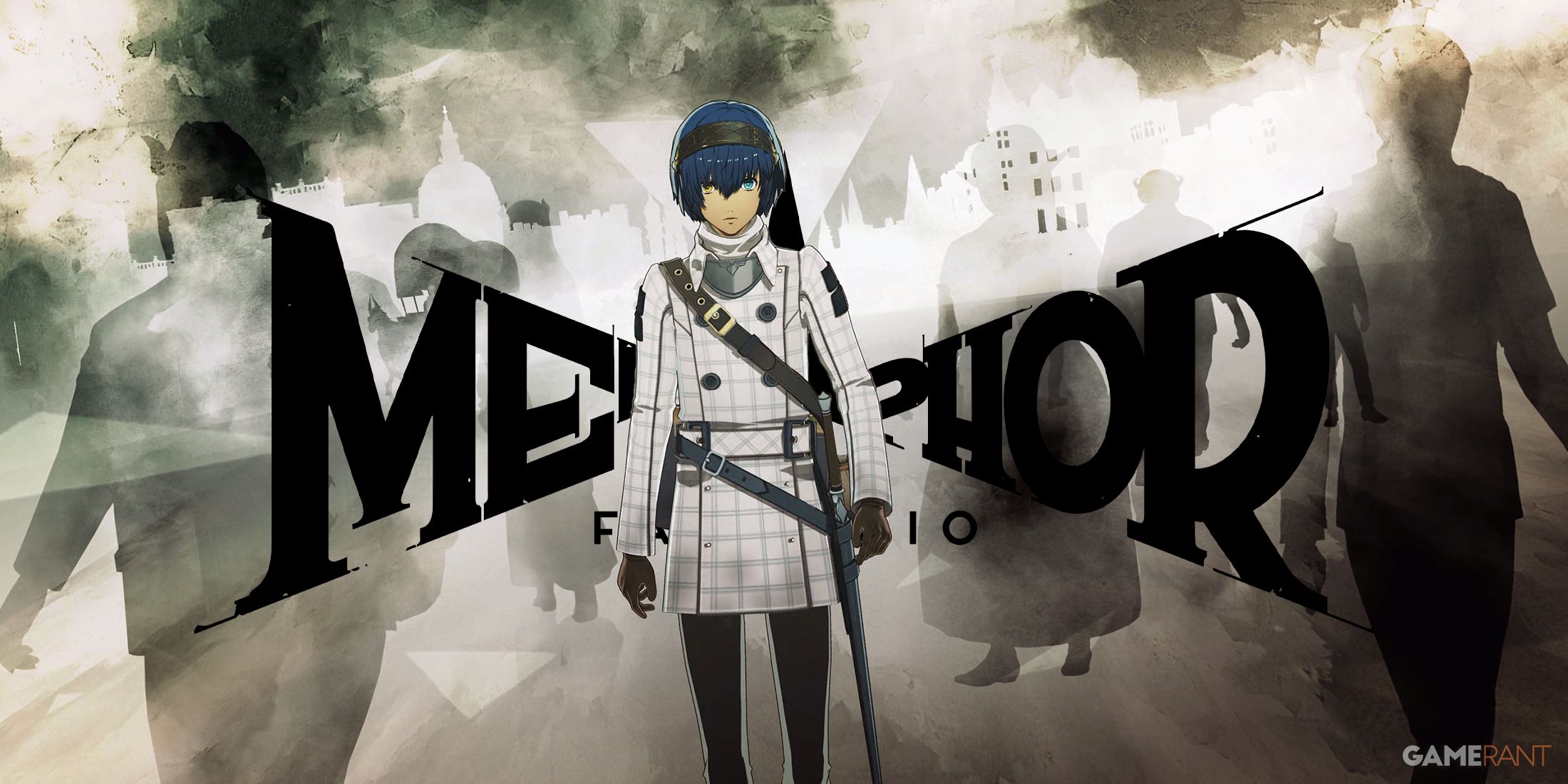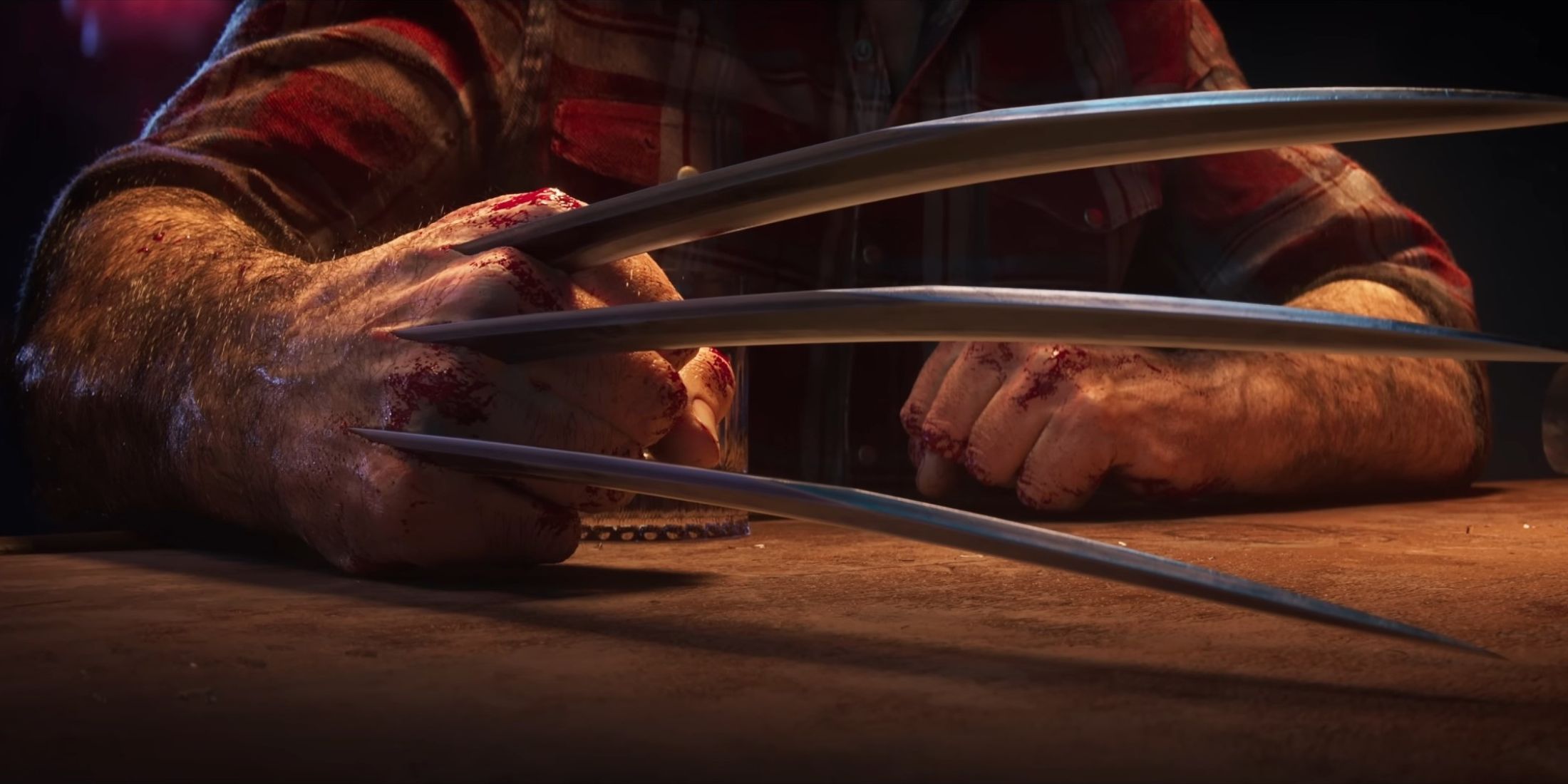When a player is ready to take on the power of nature with a new Dungeons & Dragons character, they can explore the formula for creating the best possible Druid build in the 5th edition. Druids venerate nature in every biome, from scorching deserts to lush forests and deep underground caverns, which makes them even more versatile.
The class is a more recent addition to D&D, and 5th edition Druids are versatile healers, fighters, and spellcasters with consistently high levels of power across most levels. Druids also have a lot of potential for backstory and role-playing options, depending on other factors like their unique skills and backgrounds, and aren’t bound to any particular moral alignment.
Related
Dungeons and Dragons Reveals Information About New Books, Virtual Tabletop, and More
During a panel at GenCon, Dungeons and Dragons reveals new information about the 2024 core rulebooks, its upcoming virtual tabletop, and more.
Updated August 21, 2024, by Kristy Ambrose: The Druid has a reputation throughout the RPG world as a combination class that can defend, heal, or deal both melee and ranged damage with physical weapons and spells. A simple change like another set of gear can change a Druid’s role in the party. Many of the changes Wizards of the Coast are releasing for Dungeons & Dragons this year recognize the popularity and versatility of the Druid and give players even more options for their character’s unique build.
Best Druid Species
Shapeshifting, Elemental Control, Survival, Tracking, And Travel
Although stats still have a major role in building a character, they aren’t affected by racial factors anymore. Different rules apply to any species
outside of the
D&D
PHB
.
Any creature that can control or manipulate the elements is ideal for a Druid. For the core species that appear in the Players Handbook (PHB), the old rules still apply when it comes to choosing a race. For species in the supplemental materials, it’s more about Backgrounds, unique abilities, and party roles.
|
Species |
Source |
Description |
|---|---|---|
|
Wood Elves |
Player Handbook |
A variant of the Elf, they have a +2 bonus to Dexterity and +1 to Wisdom, increased movement speed, and the Mask of the Wild ability. It remains one of the best choices for a Druid in 5e. |
|
Fairy |
The Wild Beyond The Witchlight |
This is one of the best races for a spellcasting Druid that focuses on DPS, partly because of the power of flight but also thanks to spells like Faerie Fire. It’s also an ideal choice for a support or off-healing build. |
|
Lotusden Halfling |
Explorer’s Guide to Wildmount |
One of the Halfling subraces, they get a +1 to Wisdom and Druid-like powers. These include Timberwalk and spells like Entangle and Spike Growth. |
|
Water Genasi |
Elemental Evil Player’s Companion |
This species can breathe underwater and has acid resistance and two free spells, including the Acid Splash cantrip. These Druids control water and have an aquatic form, including the ability to breathe air and water. |
|
Winged Tiefling |
Sword Coast Adventurer’s Guide |
As the name suggests, this Tiefling has the power of flight with some resistance to fire and some related burning cantrips. For players that want to start their Druid build with a Tiefling, this is the best choice in D&D 5e. |
|
High Elf |
Player Handbook |
This species knows the cantrip Burning Blade, which works with any casting build. One example is the Circle of Spores because it increases the spell’s melee damage into an AoE nightmare. |
|
Harengon |
The Wild Beyond The Witchlight |
Better Perception and Insight skills combined with Lucky Footwork and Rabbit Hop when better mobility for casting or healing is required. |
|
Ghostwise Halfling |
Sword Coast Adventurer’s Guide |
This race has the same skill boosts as Wood Elves and gains limited telepathy, in addition to the usual bonuses of the Halfling Lineage. |
|
Variant Human |
Player Handbook |
Inspired by the most versatile race in D&D, Variant Humans can choose their ability score boosts and a starting Feat. |
|
Firbolg |
Volo’s Guide to Monsters |
An exotic race, they have two innate abilities ideal for the best Druid build: Disguise Self and Detect Magic. |
|
Owlin |
Strixhaven: A Curriculum of Chaos |
The power of flight is the best advantage here, and the exotic Owlin also has Darkvision and can choose any stat to buff up by 2 points. |
|
Kenku |
Volo’s Guide to Monsters |
This mysterious race is a challenge to roleplay but is growing in popularity. +1 Wisdom and +2 to Dexterity can have several applications and start one of the best possible Druid builds in 5e. |
|
Mountain Dwarf |
Player Handbook |
One of the branches of Dwarves is currently available in the PHB, and it’s the only one that gives the character a +2 to any stat they choose. Wisdom is the obvious choice but Constitution is also ideal. |
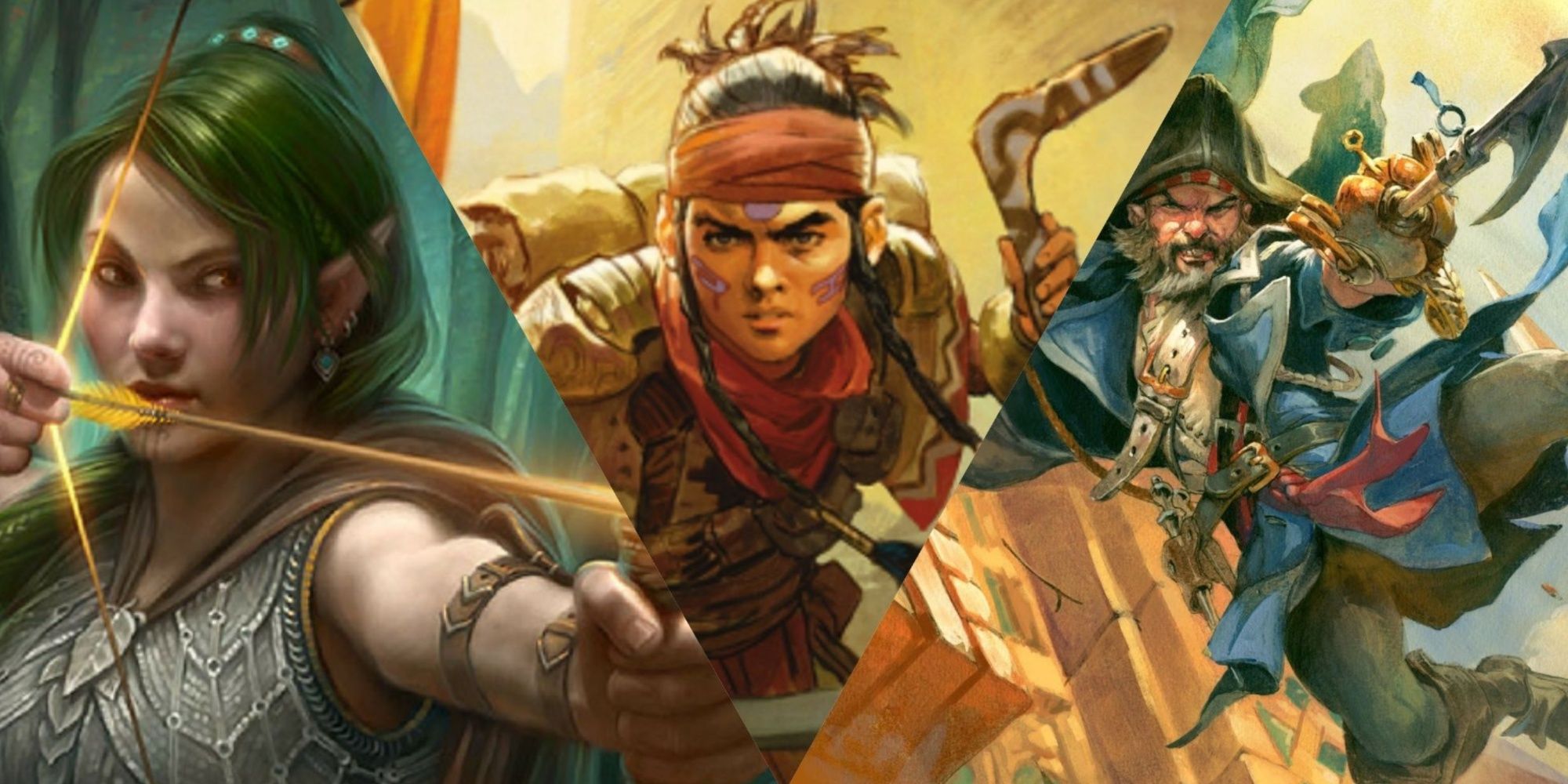
Related
D&D: Best Simple Ranged Weapons
Those looking to dish out damage from a distance in Dungeons & Dragons can’t go wrong with these simple ranged weapons.
Ability Scores
Wisdom For Spellcasting, Dexterity And Strength For Fighting Builds
Druids don’t have a “dump stat” thanks to the versatility of the class, but some ability scores are more important than others, while others are essential and a few are optional.
|
Stat |
Benefit |
Druid Skill |
|---|---|---|
|
Wisdom |
Perception and Insight |
Powers a Druid’s spells, so this should be the highest number out of all the ability scores. |
|
Dexterity |
Agility |
A benefit to AC, but more important for a melee Druid. |
|
Constitution |
Endurance |
A basic survivalist skill, this might be a higher priority than Dexterity depending on the party role. |
|
Intelligence |
Reasoning, Memory |
Skills like Nature, Arcana, and Religion are determined by this stat. More important to Druids who are spellcasters and healers. |
|
Charisma |
Personality |
Druids who use healing spells or act as the face of the party can make this stat a higher one. |
|
Strength |
Physical power and melee weapon damage |
Some Druids specialize in melee damage and this stat is more important for them. |
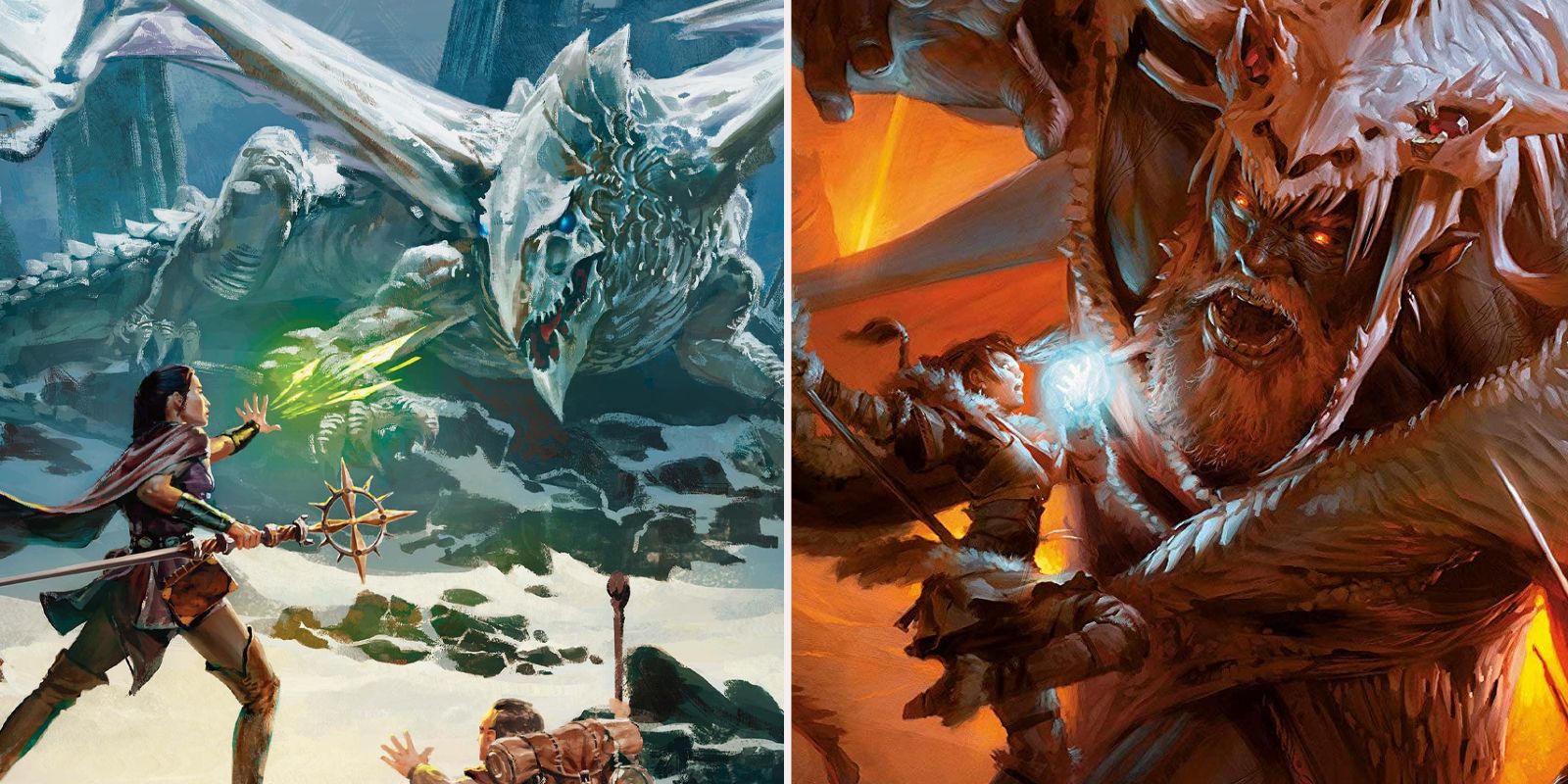
Related
The 30 Most Useful D&D 5e Spells Players Should Have
Here are some helpful Dungeons & Dragons 5e spells that any magic-using player should make use of during their adventures.
Druid Circles
Druid’s Specific Talents And Powers
The following Druidic Circles serve as subclasses and determine the Druid’s skills and some information regarding their backstory.
|
Name |
Sourcebook |
Description |
|---|---|---|
|
Circle of Dreams |
Xanathar’s Guide to Everything |
An ideal choice for Druids who prefer healing, this Druid has all the usual beneficial spells in addition to abilities like Balm of the Summer Court, which offers AoE healing and targeted spells at a longer range. |
|
Circle of Wildfire |
Tasha’s Cauldron of Everything |
This Circle uses fire damage in its powerful array of spells and includes a Fire Spirit companion. |
|
Circle of Stars |
Tasha’s Cauldron of Everything |
This Circle offers a nice combination of healing and damage spells for a mixed damage and healing build. |
|
Circle of the Blighted |
Tal’Dorei Campaign Setting Reborn |
This Circle focuses on the power of corruption in the form of fungus, rot, and carrion feeders. |
|
The Circle of Twilight |
Unearthed Arcana |
Some Druids enjoy decomposition and can manipulate the undead, but this Druid is the opposite. They seek out the Undead and the rot they bring, and fight against it using abilities like Harvest Scythe and Paths of the Death. |
|
Circle of the Land |
Player’s Handbook |
For the classic spellcasting Druid, your powers are determined by the kind of landform the player chooses: Arctic, Swamp, Mountain, Underdark, Grassland, or Forest. |
|
Circle of the Moon |
Player’s Handbook |
Summon fire elementals and use the Wild Shape ability as a combat form, allowing the Druid to act as the party’s main Defender. |
|
Circle of Spores |
Tasha’s Cauldron of Everything |
Includes offensive abilities like necromancy and raising undead. Spore Druids gain a host of AoE spells for damage and protecting their party. |
|
Circle of the Shepherd |
Xanathar’s Guide to Everything |
This is the Circle to choose for a Druid that surrounds themselves with animal companions. |

Related
D&D: 16 Fun One-Shot Ideas
While long, detailed Dungeons & Dragons campaigns are a blast, sometimes it’s nice to wrap up a plot in session, and these one-offs provide just that.
Skills
Dice Roll Bonuses, Advantages, & Disadvantages
|
Skill |
Ability Score |
Description |
|
Perception |
Wisdom |
This is easily the most-rolled skill in any D&D campaign, and Druids have high Wisdom anyway, so this is a natural pick. |
|
Arcana |
Intelligence |
Arcana makes it easier for a character to remember information about spells, magical items, and arcane traditions. |
|
Sleight of Hand |
Dexterity |
A Druid with high Dexterity and Sleight of Hand proficiency can act as the party’s lockpicker, pickpocket, and trap-finder. |
|
Survival |
Wisdom |
It fits well with the nature of the class, but how useful it is might depend on the campaign setting. |
|
Nature |
Intelligence |
The character remembers information about terrain, tracking, animals, and plant life. |
|
Insight |
Wisdom |
A Druid’s high Wisdom score means they have a better chance of determining a creature’s true intentions. |
|
Religion |
Intelligence |
Makes it easier to remember information about deities, cults, and anything related to religion. |
|
Acrobatics |
Dexterity |
This proficiency is ideal for Druids who use ranged or melee physical damage. Swap this out for Athletics if the Druid’s better stat is Strength. |
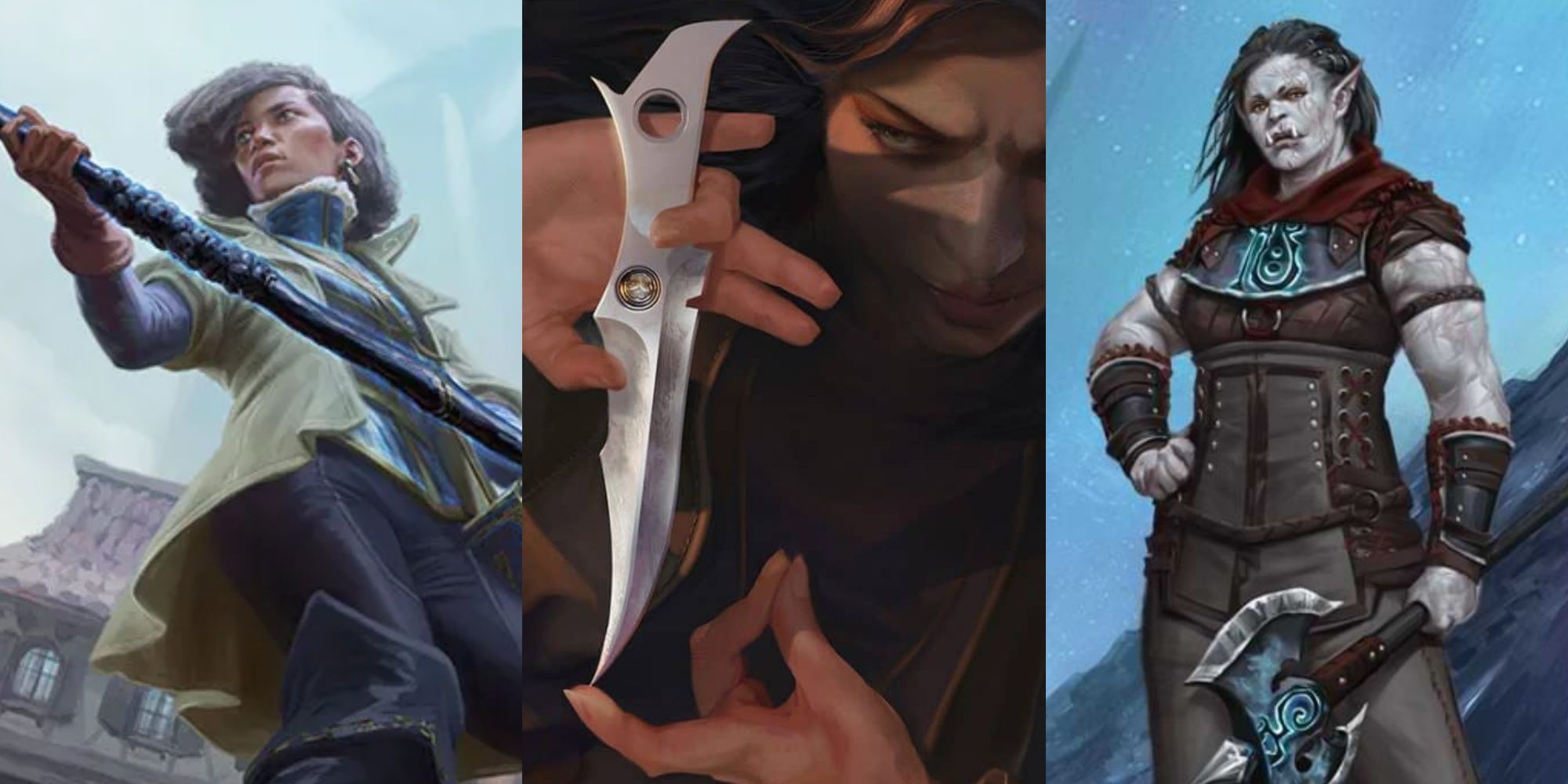
Related
D&D: Best Simple Melee Weapons
Not all weapons were made equal in the world of D&D. These are the best of the best when it comes to simple melee weapons.
Feats
Determine The Character’s Role And Their Behaviour
Feats are extra, miscellaneous abilities that a character can use to complement their build. The best options for the Druid class include the following:
|
Name |
Description |
|---|---|
|
Chef |
Every party needs a cook anyway, and this adds +1 to the character’s Wisdom score. |
|
Alert |
The Druid gets a +5 to their Initiative roles. They can’t be ambushed or surprised, and hidden creatures don’t have Advantages on their attack roles. |
|
Fey Touched |
Grants the Druid a handy spell called Misty Step, which isn’t normally in the Druid’s spell cache but suits the class. |
|
Elemental Adept |
Some extra fire spells are useful to any Druid and even more useful to those of the Circle of Land. |
|
Mobile |
Speed increases by 10 ft. The character can Dash on difficult terrain and doesn’t provoke opportunity attacks in melee. Also applies while in Wild Shape form. |
|
Observant |
Gives a boost to the Druid’s Wisdom and passive Perception, so one of the most important pieces of the best 5e Druid build. |
|
Durable |
Better for a Druid who fights in melee combat or has a defender role, this Feat adds +1 to their Constitution. For each hit dice, they can restore hit points equal to 2x their Constitution modifier. |
|
Telepathic |
Use this to add +1 to Wisdom and gain the ability to read thoughts and communicate with any other creature in a 60-foot radius. |
|
Shadow Touched |
Increases any one of the following stats; Intelligence, Wisdom, or Charisma, gives the ability to cast Invisibility once a day, and one additional spell from the schools of Illusion or Necromancy. |
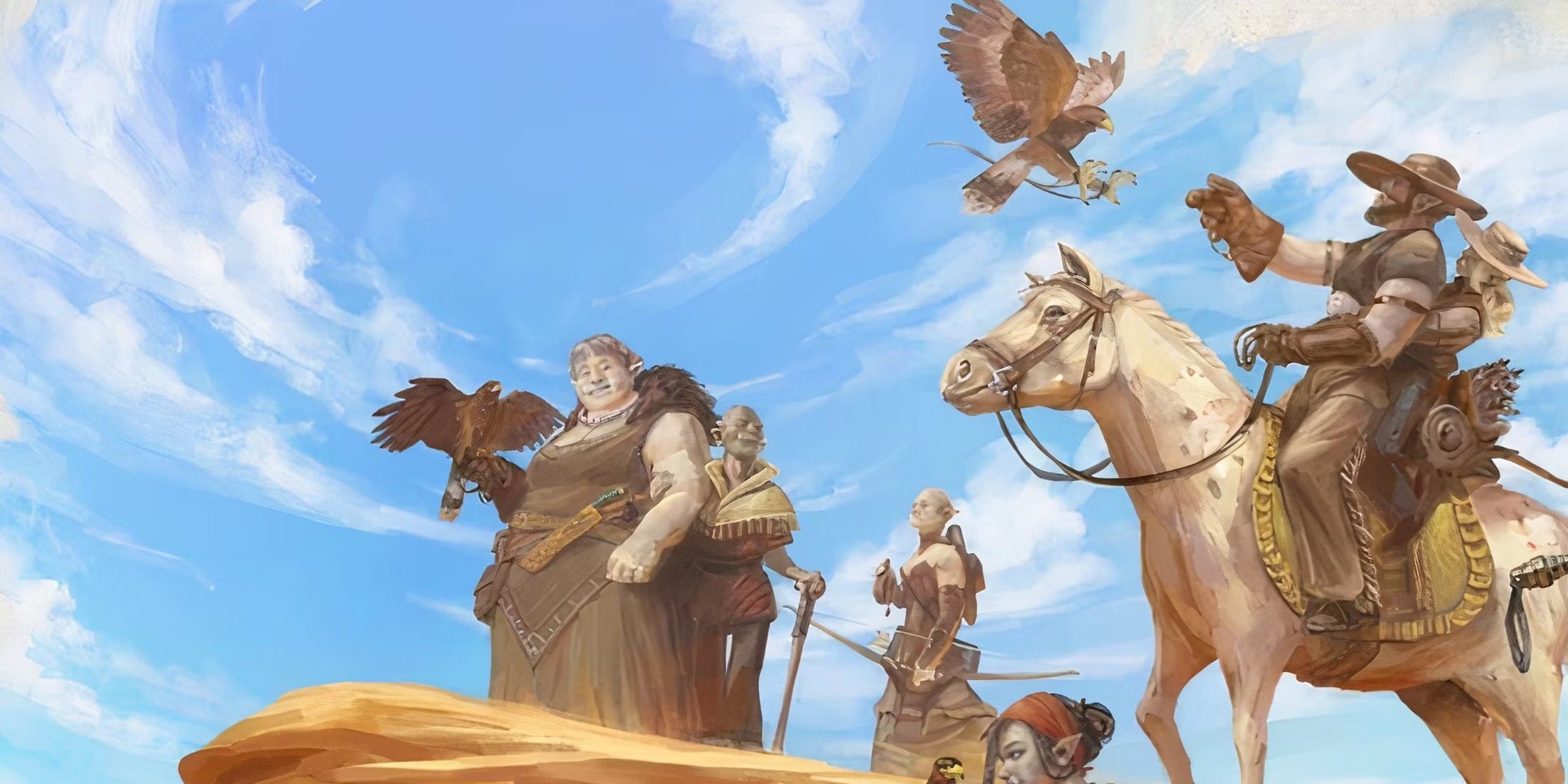
Related
The Pros and Cons Of Dungeons and Dragons 2024’s Backgrounds Rework
Dungeons and Dragon’s 2024 Player’s Handbook makes some big changes to backgrounds, some of which have turned out better than others.
Backgrounds
Fills Out The Character’s Backstory
Wrapping up character creation by selecting a background for the Druid is also an important part of their backstory. These backgrounds can also provide a few extra skills that can be useful for a Druid build, such as:
|
Name |
Sourcebook |
Description |
|---|---|---|
|
Astral Drifter |
Spelljamer: Adventures in Space – Astral Adventurer’s Guide |
The realm of the Silver Void is the home of this Druid, which makes sense for a class that relies on Wisdom-based skills like Insight and Religion. This choice is better for a spellcaster because it includes Cleric: Magic Initiate as part of the Divine Contact ability. |
|
Cloistered Scholar |
Sword Coast Adventurer’s Guide |
For Druids who focus more on spellcasting, this grants two extra languages and two more Knowledge skills. Isolation is part of the Druid’s build anyway. |
|
Faction Agent |
Sword Coast Adventurer’s Guide |
Think of the character Jaheira and her adherence to the Harpers in the Baldur’s Gate franchise, as an example of a Druid from this background. It also gives a Druid Insight and the choice of a wide range of helpful skills, plus two extra languages. |
|
Far Traveler |
Sword Coast Adventurer’s Guide |
Wisdom is the main driving force behind this background, which relies on talents like Perception and Insight. Druids from this Background can choose an exotic homeland and use a 1d6 to determine their type of traveler, such as Exile, Pilgrim, or Sightseer. |
|
Feylost |
The Wild Beyond the Witchlight |
This is the fate of the Changling child, one that was stolen away as a baby and raised in the Fey. You can also learn how to play an instrument. |
|
Hermit |
Player’s Handbook |
A Druid would spend time in isolation, far away from human habitation, making this one almost mandatory for the ideal Druid build. This background also makes sense for players who want to double their healing abilities with homemade potions. |
|
Outlander |
Player’s Handbook |
A natural and obvious choice, this character was raised in the wilderness and has a close connection to the natural world, and has expertise in Athletics and Survival. |
|
Sage |
Player’s Handbook |
It gives the character two extra languages and two Knowledge skills, giving the player more options for customizing their Druid build in 5e. |
|
Urban Bounty Hunter |
Sword Coast Adventurer’s Guide |
There are plenty of D&D adventures that take place in cities. This can be situational depending on the module or setting, but still makes sense overall for the Druid class. |
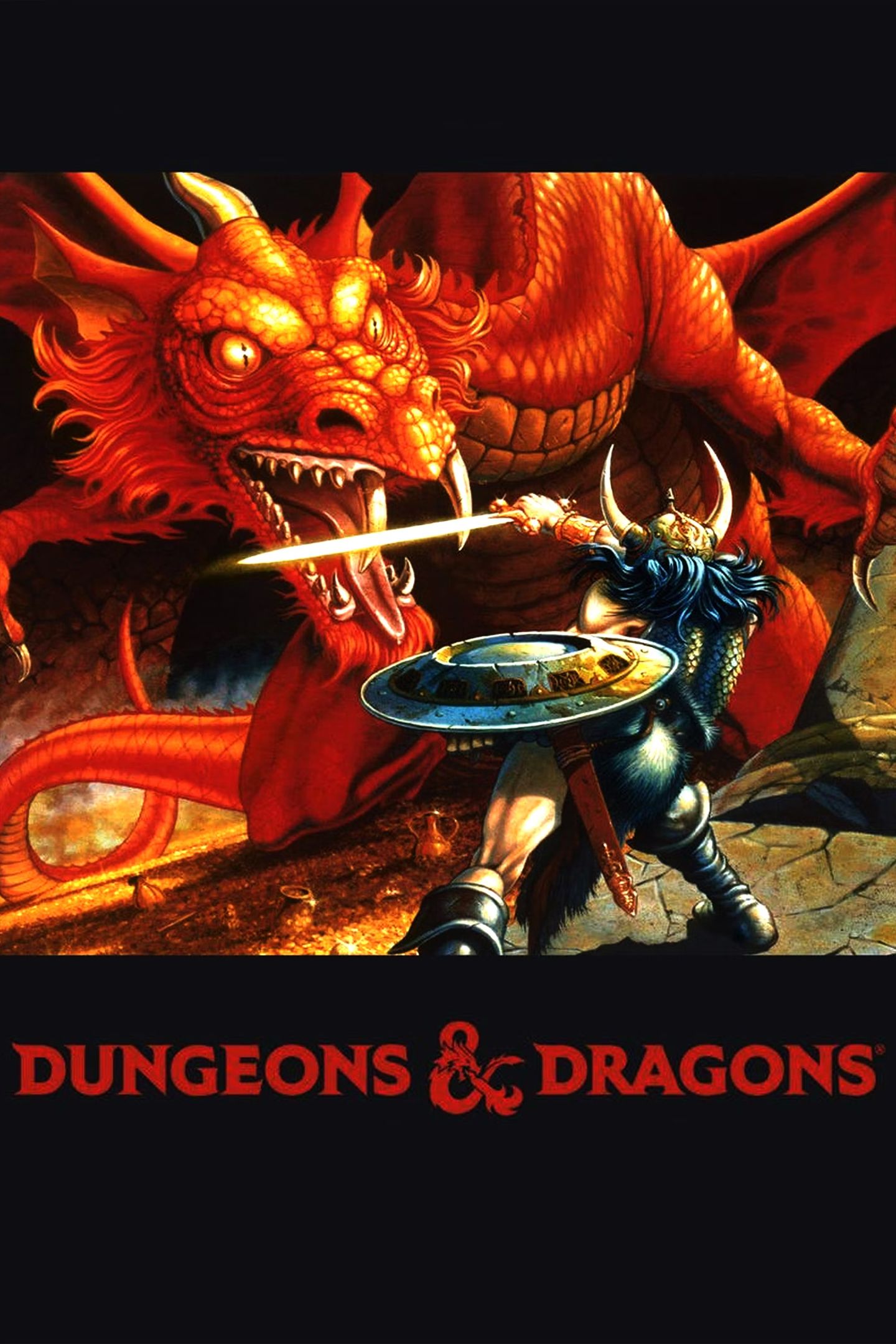



/cdn.vox-cdn.com/uploads/chorus_asset/file/24533927/STK149_AI_Writing.jpg)


/cdn.vox-cdn.com/uploads/chorus_asset/file/25739958/dbrand2.jpg)



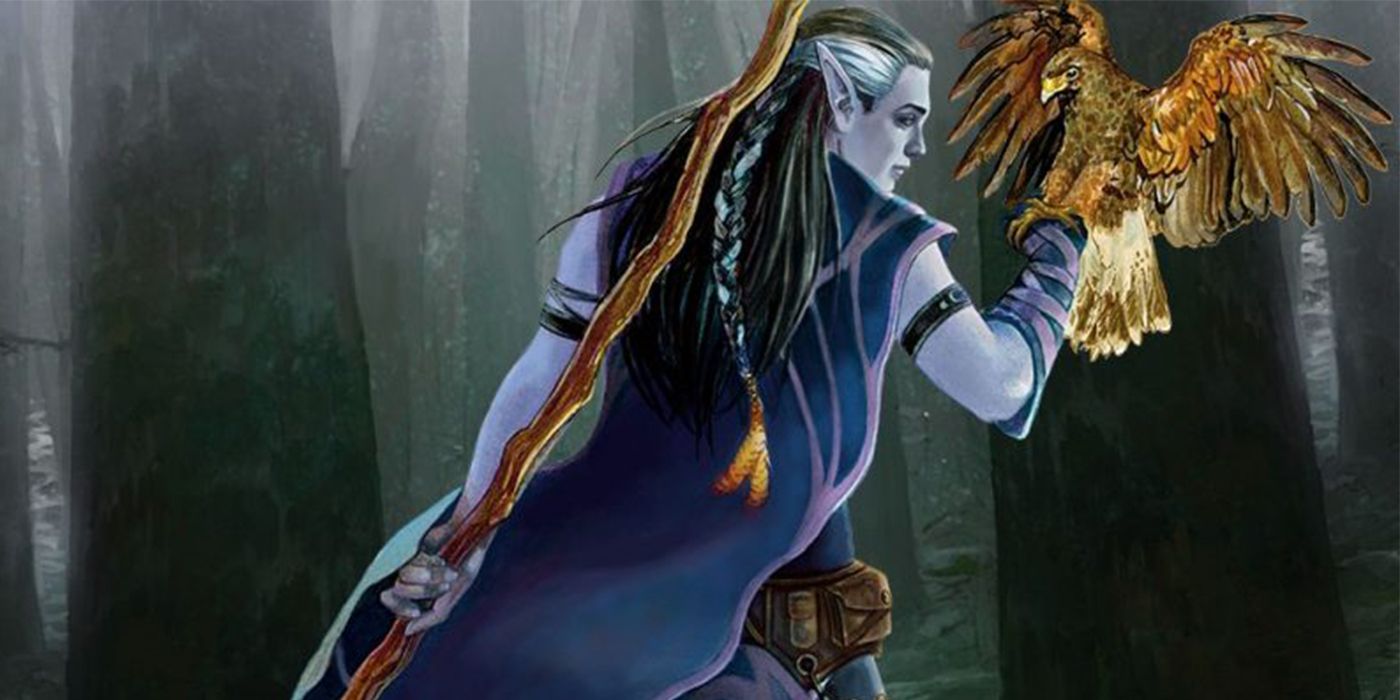
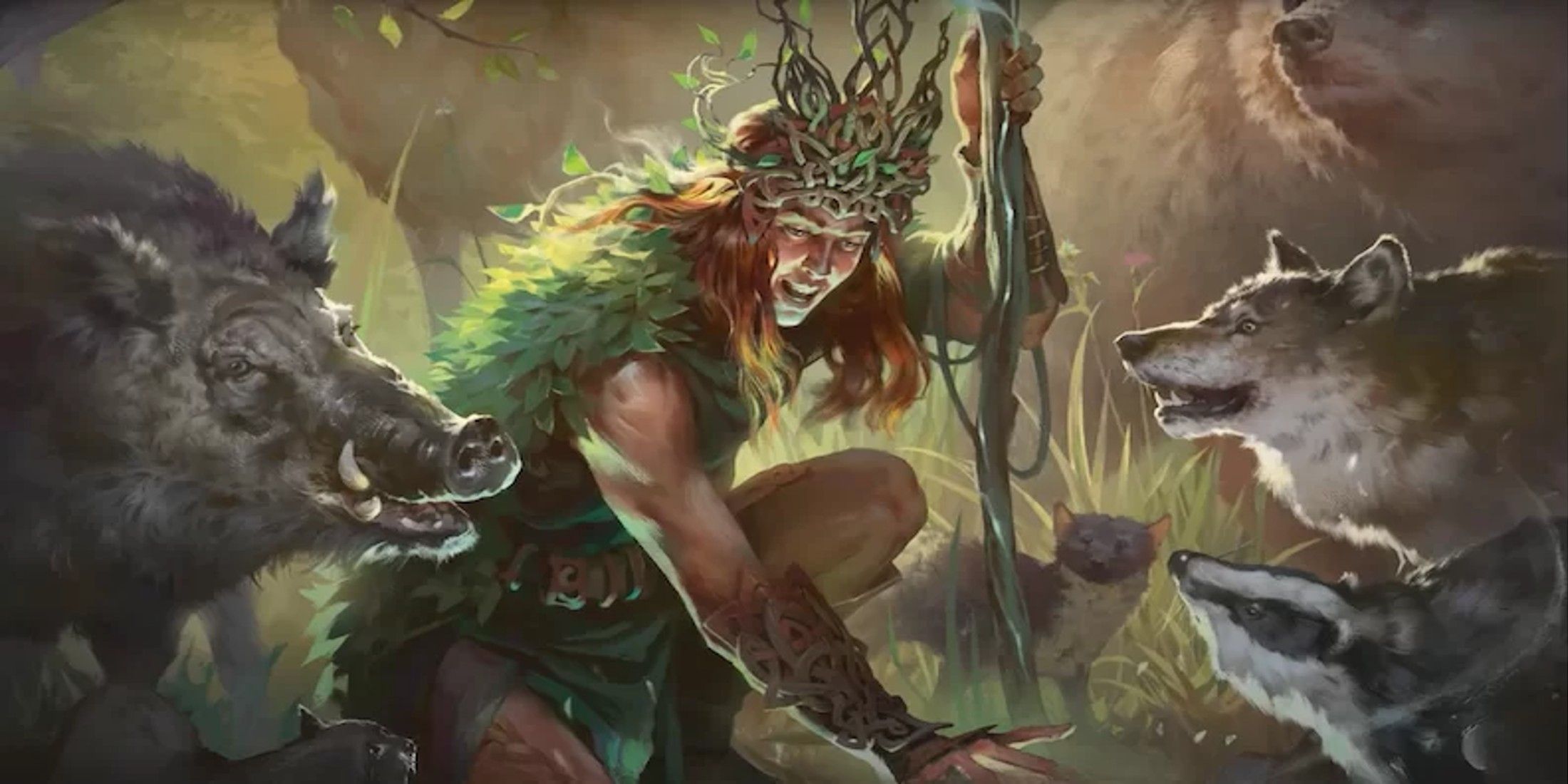
.jpg)

